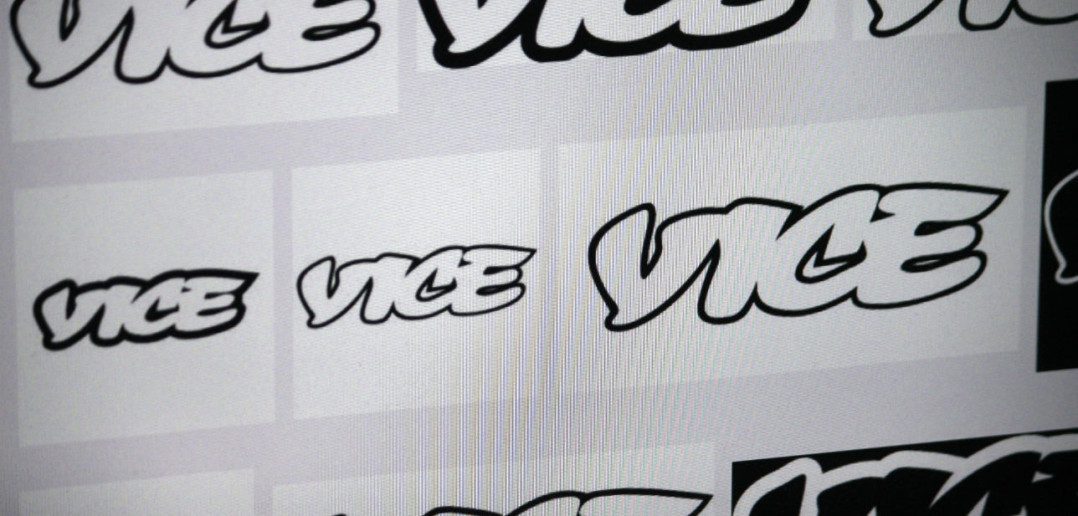TV is dead, long live TV.
Almost a year ago, Netflix Chief Executive Reed Hastings predicted the death of traditional TV cable networks. However, while some digital executives like Hastings believe in the downfall of linear TV, more and more digital video outlets are moving into the TV business now. Mashable CEO Pete Cashmore recently published a post on LinkedIn saying: « We recently announced a funding round to expand our storytelling to television. » BuzzFeed’s Jonah Peretti said in 2015: « We want to do TV, but we want to do it in a different way. » And VICE, the magazine turned internet-video producer, turned HBO star, turned cable channel, arguably stands at the high point of digital video producers that have graduated to TV. At MIP Digital Fronts 2016, they announced their TV channel VICELAND would now also launch – after the US, Canada, and the UK – in France.
But how come all these digital video producers are moving on to TV? The answer is easy. They follow the money. Ad-supported digital video has been trying to break through for some time. While there is vast spending on digital video — more than $7 billion in the U.S. in 2015, according to eMarketer — little of it is the kind of high-margin TV brand advertising that producers and platforms had hoped for. YouTube, while a massive traffic draw, has been unable to compete with TV for premium advertisers. That’s the status quo.
However, time spent with traditional TV is dropping for every adult age group – according to eMarketer – and as people’s eyes shift away from TV to digital video, advertisers are following suit. Television still captures the majority of video-based ad dollars, but its share will fall from 39.2% of total media ad spending this year to 36.8% by 2018. Meanwhile, digital video will capture 5.5% of total media spending this year, with that figure jumping to 6.7% by 2018.
At the Digital Content NewFronts – an annual series of events founded by AOL, DigitasLBi, Google/YouTube, Hulu, Microsoft and Yahoo in 2012 – the Interactive Advertising Bureau (IAB) released their Video Ad Spend Study 2016.
The main findings were that ad spending on original digital video programming increased by 114% since 2014, that Marketers and Advertisers are spending on average more than $10 million annually on digital video, representing an 85% increase from two years ago, and that there is robust spend optimism for both digital and mobile video; while most are expecting to maintain current TV spend levels.
The shift from more ad spending on digital video than TV won’t happen from one day to the next. But what separates digital video outlets from linear broadcasters is that they bet on cross-platform ad spending (TV + Online Video). As Rene Rechtman, President of International at the Disney-owned multichannel network Maker Studios, said at MIP Digital Fronts: “I believe that what we have talked about in the last 10 years – convergence – is finally happening. And it’s accelerating… Time, place and device have no meaning any more. There’s unlimited accessibility to content.” As such, it might look like VICE and Co. are going backwards but actually they are going forward – right towards the cross-platform future.
Top photo: © Shutterstock / 360b




